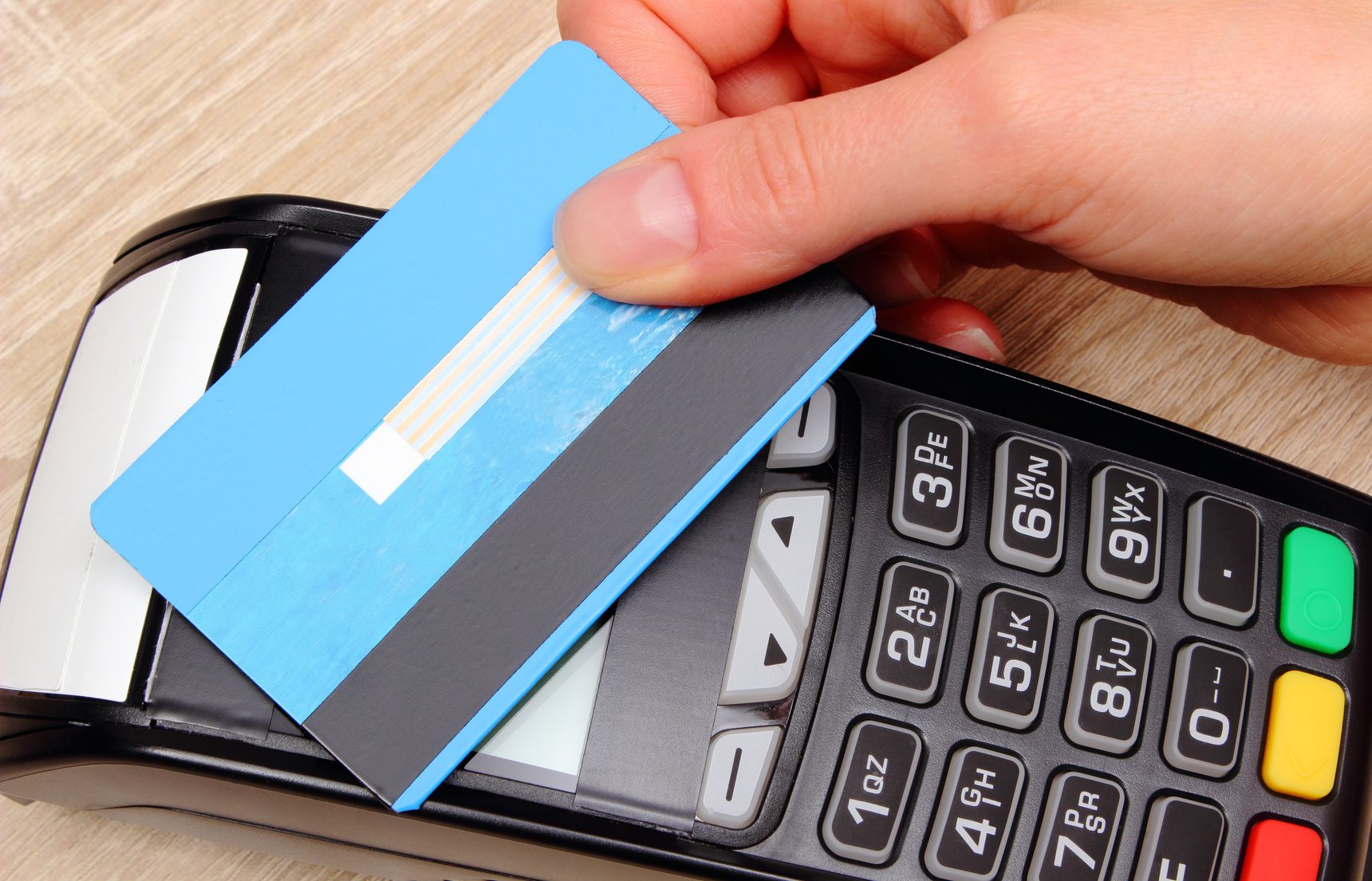Mobile banking continues to dominate banks’ application development initiatives, as it has for the past several years, a recently released American Banker survey shows.
The survey of the American Banker Executive Forum found that 42% of banks currently offer mobile banking or mobile payments. And among those that don’t, 40% have firm plans to offer them within the next 12 months.
Large banks are leading the way. In this cohort, 76% offer mobile banking today, and of those that don’t, 54% plan to introduce mobile banking in the next year. Most of these bank apps (91%) are geared to consumers; half are meant for small-business clients.
Banks have been compelled to offer mobile services. Their iPhone- and Android-toting customers expect mobile access to their bank and can easily take their accounts elsewhere if their bank fails to deliver.
The return on investment for banks has been less clear. A mobile banking session is far cheaper than a branch transaction, but the opportunities for relationship-building and cross-selling are fewer.
What banks most hope to get out of mobile app development projects, according to the survey of 303 senior bank managers, is deeper customer relationships. (The survey was conducted in partnership with TSYS, Tata Consultancy Services and Jack Henry Associates.) Eighty-seven percent of respondents said the hope of strengthening customer ties is driving their development of mobile banking apps. Competitive pressure was cited by 71%. Surprisingly, only 55% said that moving transactions to lower-cost channels was a driver and 53% cited new relationship acquisition.
What’s holding back the nonadopters? Security is the top concern; 77% percent said security was the most significant barrier to the growth of mobile banking. Almost half (49%) said cost was an issue. Less than half (44%) were worried about the demand for and value of mobile banking apps. Less than a quarter (24%) felt that poor functionality was a barrier to mobile banking adoption, and only 20% said awareness was an issue.
Asked what kinds of mobile banking apps are most important for a bank to offer, 77% said information reporting (letting customers check balances and transactions on their mobile device). Most (73%) consider text alerts highly important, 64% have a high regard for mobile funds transfers and 58% put a high value on the ability to set up recurring bill payments by phone. Next on the list are two newer capabilities: remote check deposit (55%) and person-to-person payments (46%).
Mobile banking is clearly a hot topic. Even though it’s a relatively new banking channel, mobile banking has had one of the fastest-growing adoption rates of consumer products, and its growth is expected to continue for some time.
Consumer surveys fielded by Mercator Advisory Group’s CustomerMonitor mirror the findings of this report, and show strong interest in all forms of mobile banking, from text banking to mobile web access to downloadable apps. For more information on mobile banking, two new reports on the mobile banking market will soon be published by Mercator.











